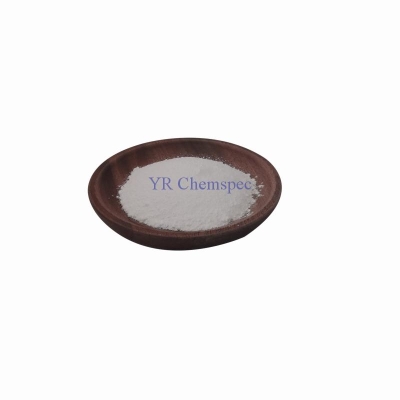-
Categories
-
Pharmaceutical Intermediates
-
Active Pharmaceutical Ingredients
-
Food Additives
- Industrial Coatings
- Agrochemicals
- Dyes and Pigments
- Surfactant
- Flavors and Fragrances
- Chemical Reagents
- Catalyst and Auxiliary
- Natural Products
- Inorganic Chemistry
-
Organic Chemistry
-
Biochemical Engineering
- Analytical Chemistry
- Cosmetic Ingredient
-
Pharmaceutical Intermediates
Promotion
ECHEMI Mall
Wholesale
Weekly Price
Exhibition
News
-
Trade Service
4.
1.
1 Chemical equilibrium state
Under certain conditions, a chemical reaction can proceed from left to right or from right to left according to the reaction equation.
This is called the reversibility of a chemical reaction
.
In principle, chemical reactions are all reversible, but the degree of reversibility is different
For example, the reaction of CO 2 (g) and H 2 (g) is highly reversible at high temperatures
.
The reversibility of the following two reactions is very poor
For a reversible chemical reaction at a certain temperature, as the reaction progresses, the concentration of reactants continues to decrease, and the positive reaction rate gradually slows down; at the same time, as the product concentration increases, the reverse reaction rate gradually accelerates
.
When the reaction reaches a certain moment, the positive reaction rate is equal to the reverse reaction rate, and the concentration of reactants and product concentrations no longer change with time
Chemical equilibrium is a dynamic equilibrium
.
In the equilibrium state, although the concentrations of reactants and products no longer change, the reaction does not stop
4.
1.
2 Equilibrium constant
The difference in the reversibility of chemical reactions can be described by equilibrium constants, which represent the maximum extent that a reversible chemical reaction can proceed
.
1.
Empirical equilibrium constant
For any reversible reaction
When equilibrium is reached at a certain temperature, if the equilibrium concentration of each substance is [A], [B], [G] and [H], the following relationship exists between the equilibrium concentration of each substance in the system
In the formula, K is the equilibrium constant of the chemical reaction.
This equilibrium constant is also called the empirical equilibrium constant or the experimental equilibrium constant
The equilibrium constant expression can be expressed as: when the reversible reaction reaches equilibrium at a certain temperature, the ratio of the product of the concentration of the product to the exponential power of the stoichiometric number and the product of the concentration of the reactant to the exponential power of the stoichiometric number is a constant
.
The empirical equilibrium constant expressed by equilibrium concentration (amount of substance concentration) is called concentration equilibrium constant, and is generally expressed by Kc
.
If the chemical reaction is a gas phase reaction, the equilibrium constant can be expressed by the concentration of each substance at equilibrium or the partial pressure of each substance at equilibrium
When equilibrium is reached, not only does the concentration of various substances no longer change, but also their partial pressure no longer changes, then the empirical equilibrium constant can be expressed as partial pressure as
It can be seen from the equilibrium constant expression that the dimension of Kc is related to the dimension of concentration, and the dimension of Kp is related to the dimension of pressure
.
Only when the sum of the stoichiometry of the reactants and the stoichiometry of the product are equal, the equilibrium constant is a quantity of dimension 1 (previously called a dimensionless quantity)
When the gas phase reaction reaches equilibrium, Kc can be calculated from the equilibrium concentration, or Kp can be calculated from the equilibrium partial pressure
.
Although Kp and Kc are generally not equal, they represent the same equilibrium state, so there should be a definite quantitative relationship between the two
.
From the ideal gas equation of state, it can be obtained
K p =K c (RT) △v
among them
△v=(g+h)-(a+b)
If the concentration unit is mol·dm -3 , then R=8.
314×10 3 Pa·dm 3 ·mol -1 ·K -1
.
In the expression of the equilibrium constant, pure solids, pure liquids and water in dilute solutions should not appear in the reaction system, because they can be approximated as having no concentration change during the reaction
.
For the same chemical reaction, if the stoichiometric number in the chemical reaction equation is different, the expression of the equilibrium constant and its value must be changed accordingly
.
E.
g
Obviously, K 1 =(K 2 ) 2 , that is, when the stoichiometric number in the equation is n times, the equilibrium constant of the reaction is n-th power
.
Another example
Obviously, the equilibrium constant of the positive reaction and the equilibrium constant of the reverse reaction are reciprocal of each other
.
When two reaction equations are added (subtracted), the equilibrium constant of the obtained reaction equation can be obtained by multiplying (dividing) the equilibrium constants of the original two reaction equations
.
E.
g







